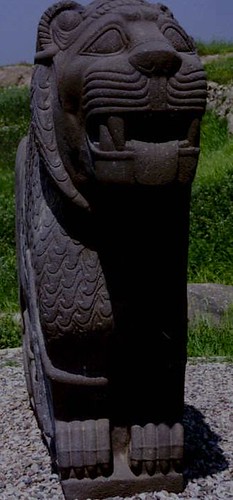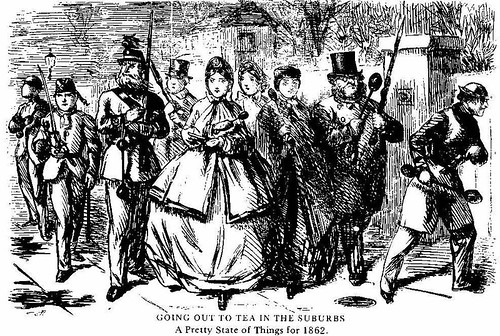.flickr-photo { border: solid 2px #000000; }.flickr-yourcomment { }.flickr-frame { text-align: left; padding: 3px; }.flickr-caption { font-size: 0.8em; margin-top: 0px; }
The top picture here is from the astonishing Serjilla, a wine village that seems to have just been abandoned in the 5th century. (Economic collapse or environmental change are two of the theories).
It just looks like the people upped and walked away – they might only have been gone 50 years: it’s almost spooky.
Warwick Ball (see reference) below reckons this “cafe” looks like an Australian Outback pub, and he’s right. Stick a tin roof on it, and it could still function as such.
The picture below is all that remains of the final pillar of St Simeon Stylites. (Originally about 21m.) The story goes his ascetic practices attracted so many pilgrims he started living entirely on a pole to get away from them. Unsurprisingly this only attracted more attention. So he built the pillar higher, which attracted more attention, etc …
There’s a lovely 5th-century account of his life here. Tennyson also left a (lengthy) comment on his life.
The industry that grew up around him is clearly evident in the huge church (Qal’at Sema’an), which boasts a walk-through baptism chamber at the entrance, and the town that served it, Deit Sema’an.





 About
About